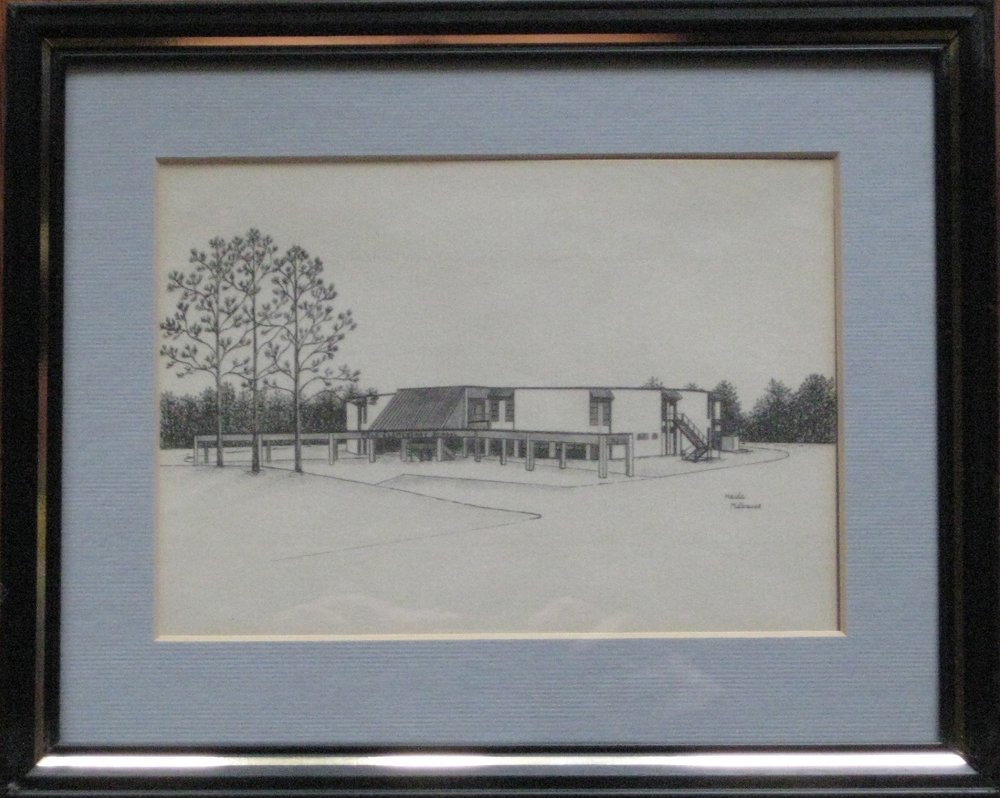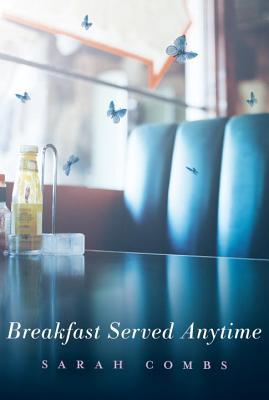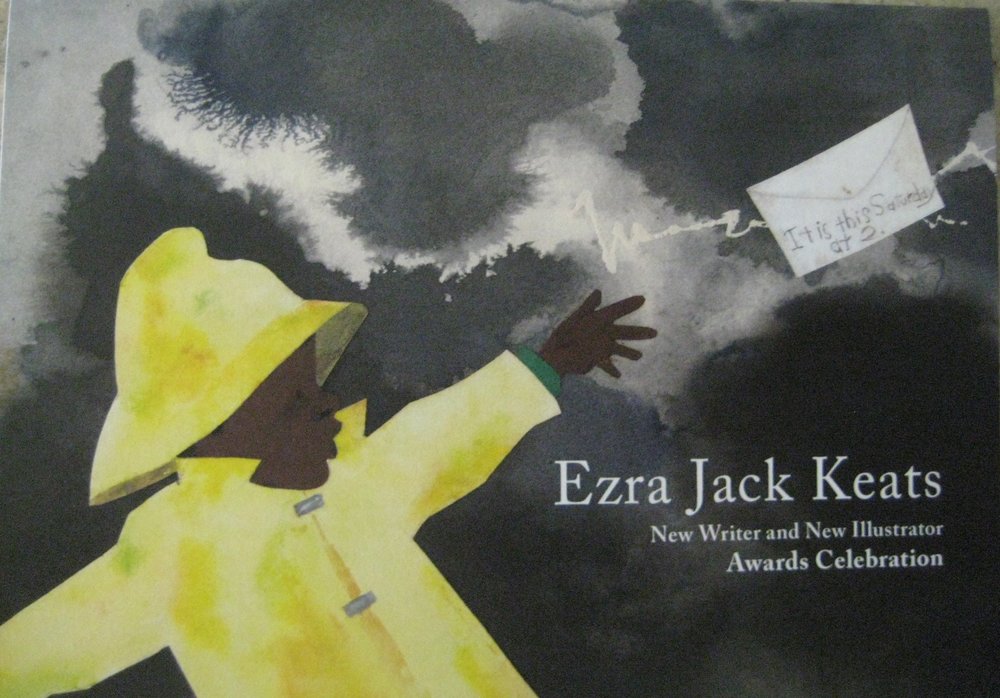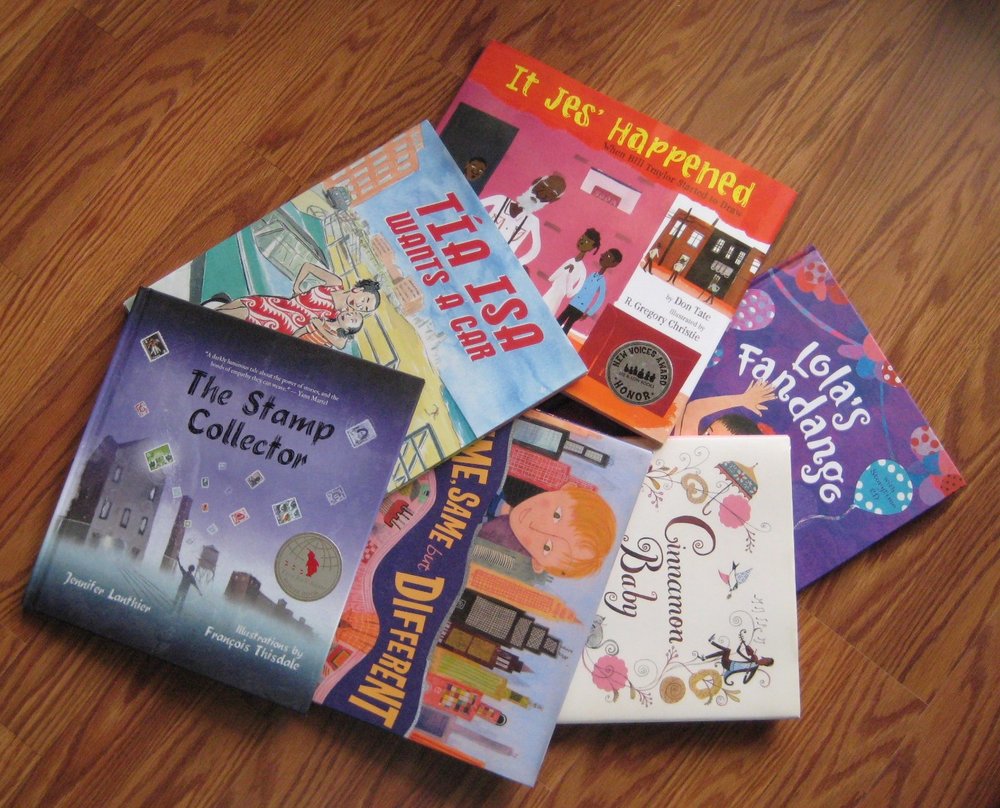 Flat Mary Hannah returns to Ingomar School in North Mississippi today after a week’s visit. My great-niece, the real Mary Hannah, is the daughter of my niece Jennifer and granddaughter of my sister Gwyn. Flat Mary Hannah and I have kept a journal each day showing the weather, the location, and our activities.
Flat Mary Hannah returns to Ingomar School in North Mississippi today after a week’s visit. My great-niece, the real Mary Hannah, is the daughter of my niece Jennifer and granddaughter of my sister Gwyn. Flat Mary Hannah and I have kept a journal each day showing the weather, the location, and our activities.
The instructions from Mary Hannah’s teacher requested recipes, pictures, mementos, etc to complement the learning. Their goal was to learn about different communities and their traditions, celebrations, climate, animals, food, clothing, cultures, etc.
One might ask the all-important question about this activity, “Is this going to be on The Test?” – a question I detested from my students and hate even more now when it comes from the powers that be who claim to be all-knowing about education. My students sat in stunned silence as I answered their question with a rant about the value of learning being far more important than whether or not I would make a test question from the wonderful information I was imparting. When I wound down, someone inevitably asked, “But is it going to be on the test?”
I look at the things Mary Hannah did to get ready for this project. I’m sure they read Flat Stanley by Jeff Brown on which the project is based. She made a nice colorful reproduction of herself as Flat Mary Hannah. She wrote a personalized thank you note ahead of time to accompany her request that I host her likeness for a week. There was a good bit of learning going on before the project even reached me.
I look at the places Flat Mary Hannah has been this week and will take back to her class, conscious that she came at an unusually good time for experiences with me. In Hattiesburg, she went with me to the  de Grummond Children’s Literature Collection with more than 160,000 books from American and British authors, some dating back to 1530, to a book club meeting, and to a Friday night Back Door Coffeehouse. She saw original paintings for Curious George and Ezra Jack Keats’s Peter and Archie.
de Grummond Children’s Literature Collection with more than 160,000 books from American and British authors, some dating back to 1530, to a book club meeting, and to a Friday night Back Door Coffeehouse. She saw original paintings for Curious George and Ezra Jack Keats’s Peter and Archie.
Arriving just in time for a combination history and missions trip with a group from my church, she traveled to Alabama where Sewing Seeds of Hope is helping people with health and housing in the Perry County area where Coretta Scott King was born and on to Georgia for a Sunday school lesson taught by former President Jimmy Carter, a tour of the Global Village and Discovery Center with its models of Habitat for Humanity’s homes in countries around the globe, and a visit to Koinonia Farm founded by Clarence Jordan.
 Multiply these experiences by the ones brought back by Flat Kylie, Flat Nathan, Flat Tessa, Flat Carson, and all the other Flat Children in her class and think of the learning that will take place as the second graders at Ingomar School share their stories.
Multiply these experiences by the ones brought back by Flat Kylie, Flat Nathan, Flat Tessa, Flat Carson, and all the other Flat Children in her class and think of the learning that will take place as the second graders at Ingomar School share their stories.
Will any of it be on The Test? I don’t care. The reward for passing The Test is temporary at best. I expect they will remember this experience the rest of their lives.
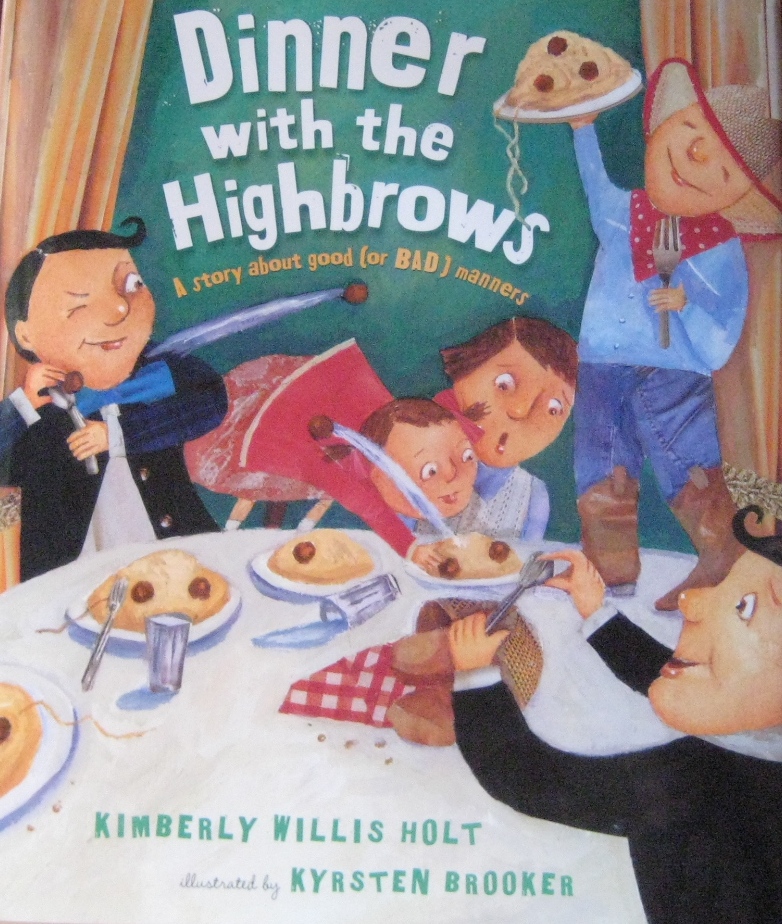 Magic happens when a gifted children’s book illustrator buys in to an author’s rollicking story. Dinner with the Highbrows by Kimberly Willis Holt and illustrated by Kyrsten Booker is just such an enchanting picture book.
Magic happens when a gifted children’s book illustrator buys in to an author’s rollicking story. Dinner with the Highbrows by Kimberly Willis Holt and illustrated by Kyrsten Booker is just such an enchanting picture book.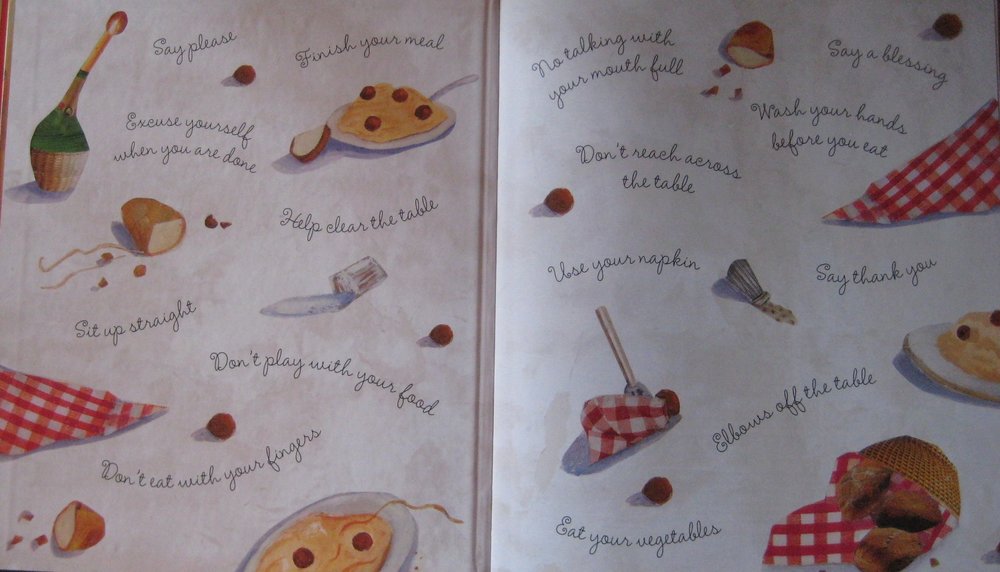 begins with the book jacket and includes the end papers. Kids will linger on each page to be sure they don’t miss an antic or an eye-roll by one of the Highbrows.
begins with the book jacket and includes the end papers. Kids will linger on each page to be sure they don’t miss an antic or an eye-roll by one of the Highbrows.
